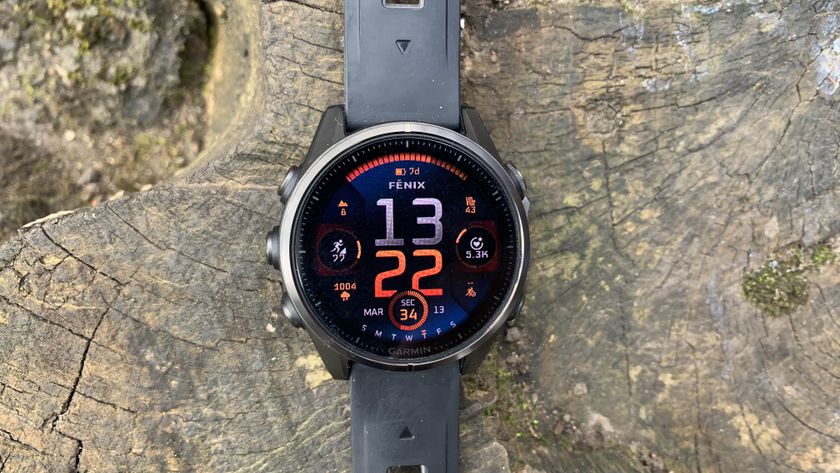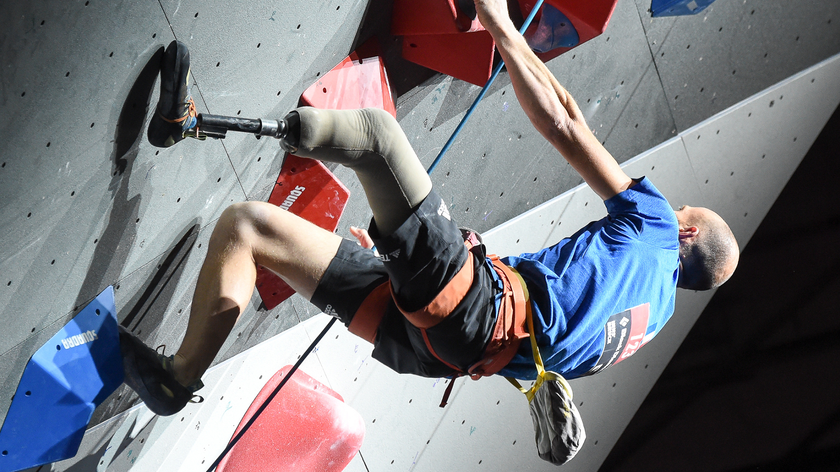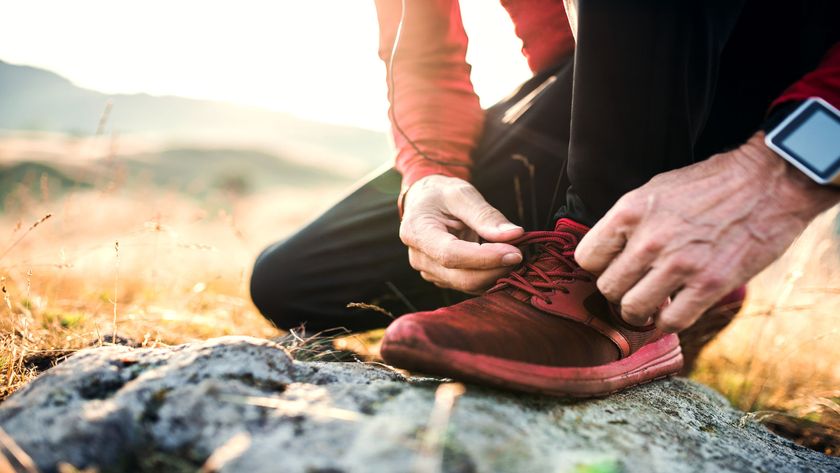What are bone conduction headphones? How they work and why they’re great for runners
Not all headphones need to cover your ear canal. We explain the science behind bone conduction headphones, and why they can be great news for road and trail
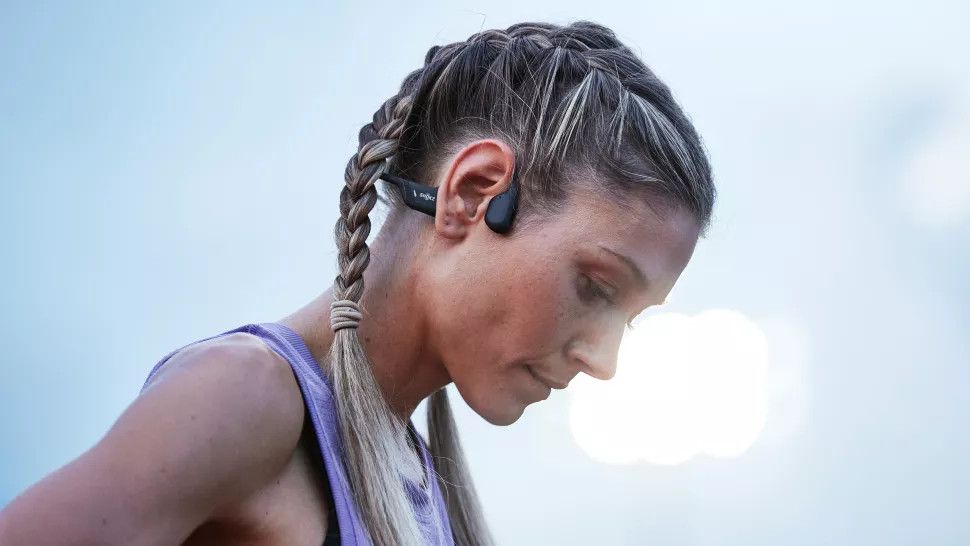
What are bone conduction headphones? The name is a tad gruesome to the uninitiated – they might conjure up thoughts of skeletons and electrical circuits – but they’re actually a super useful way to hear both music and ambient sound (like road traffic and nature) while you run. This is because the speakers loop over your ears and rest just in front, leaving your ear canals open rather than plugging them shut and blocking out everything else.
Why would you want to hear ambient sound?
The main answer to this is safety – situational awareness is essential when you’re running, especially when you’re on the road and need to hear the traffic. That also goes for train crossings and built up areas with pedestrians, bicycles and kids all over the place. It’s also useful to hear friends that might be shouting to you from across the street, or faster runners or cyclists approaching from behind.
It can also be nice to enjoy the sounds of nature when trail running, mountain biking, or wild swimming (some bone conduction headphones are fully waterproof). Birdsong filters through to provide a backing track to your podcast, and the breeze rustling your hair also registers between the beats of your favourite song.
Wherever you are, hearing the outside world as well as your music or podcast helps you feel connected rather than spinning off into a little world of your own to be suddenly awoken with a jolt by the thunder of a truck going past a little too close .
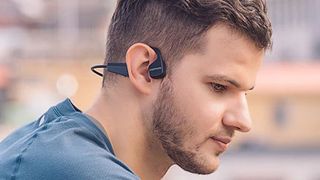
How do bone conduction headphones work?
Bone conduction headphones work by creating vibrations that travel along your cheekbones and straight to the cochlea in the inner ear. This bypasses the ear canal, eardrum, and the three tiny bones (the hammer, anvil, and stirrup) that usually transmit vibrations from the air.
The cochlea is only the size of a garden pea and is in a spiral shape like snail’s shell; (its name comes from the Ancient Greek word kokhlias which means 'snail'). It's filled with fluid, and any vibrations it receives (either from bone conducting headphones or via the usual sound wave route) send ripples through it which moves tiny hairs inside. When these hairs bend, they release an electric signal to the auditory nerve which is sent to the brain and interpreted as sound. Fascinating, isn’t it?
How good are bone conduction headphones?
The current generation of bone conduction headphones provide very good sound for music, podcasts and phone calls. Although it has improved tenfold, we have to be entirely honest here – the sound quality for music is not quite as good as in-ear or over-ear headphones and earbuds – find out more in our guide to the best running headphones. That said, it is definitely very listenable. For podcasts and talking on the phone, we find bone conduction headphones comparable to normal headphones.
Advnture Newsletter
All the latest inspiration, tips and guides to help you plan your next Advnture!
At the highest volume you can feel a slight buzz from the vibrations, which can feel tiring within an hour, so most people will prefer bone conduction headphones on a low to medium volume setting. Luckily you are only likely to need the highest volume setting if you are running next to a road with heavy traffic splashing past in the rain, or in high winds.
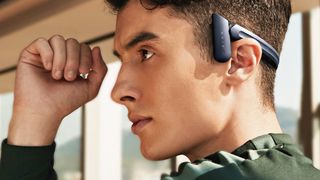
What are the advantages of bone conduction headphones?
Apart from providing the safety of increased situational awareness, bone conduction headphones are also more hygienic than earbuds – rather than sitting inside your ear and collecting wax, they sit just outside. There are no wires, as they connect to your smartphone via Bluetooth, they never fall out like earbuds can, and there’s never any pressure or irritation from having something inside your ear.
Can bone conduction headphones cause damage to the inner ear?
In the same way that regular headphones can cause damage to the delicate structures of the inner ear if used incorrectly, bone conduction headphones are also capable of causing damage to the cochlea if the volume level is too high for too long. The bone conduction headphones we have tested don't go as loud as the regular headphones, but you should still be wary of using the highest volume setting for more than a few minutes at a time.
Using any headphones for hours at a time can give you tinnitus, and other rare symptoms some people have felt with bone conduction headphones are dizziness and vertigo due to the slightly buzzing vibrations at the higher volumes felt for too long or due to the headphones sitting in the wrong place. The headphones should sit just over the ear so that the end presses gently on the cheekbones just ahead of the ear. You might need to move them slightly to find the comfiest fit.
- Headphones vs sounds of nature: what's best when you're running?
The co-founder and former editor of Trail Running magazine, Claire now runs the YouTube channel Wild Ginger Running, creating films about trail- and ultra-running advice, inspiration, races and gear reviews. An award-winning journalist, writing for outdoor and adventure sports magazines and websites, Claire's first book, The Ultimate Trail Running Handbook (5k to 50k), is out now. Her second, The Ultimate Ultra Running Handbook (50k to 100 miles), is out Autumn 2024. Claire also speaks and presents at events and races.

